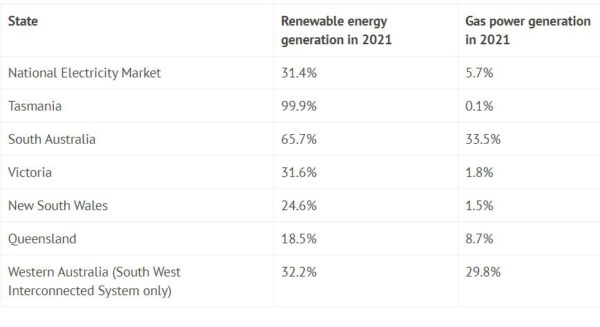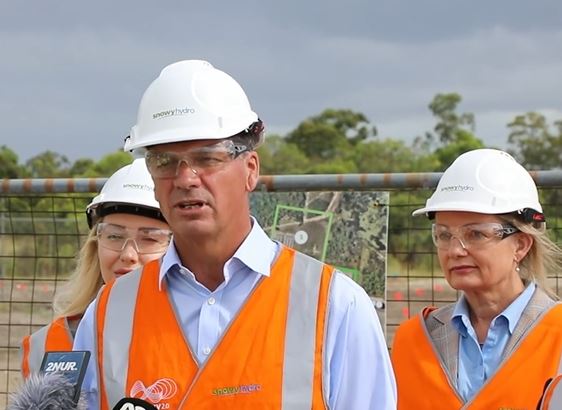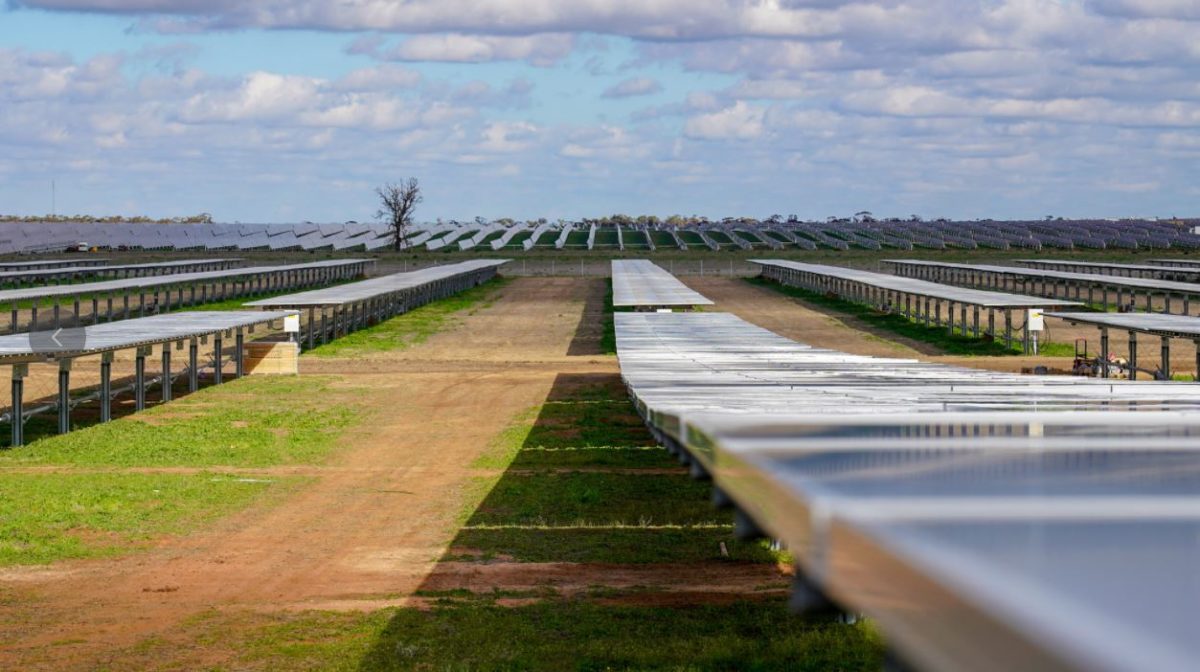New figures published by the Climate Council show that renewable energy generation in the National Electricity Market (NEM) increased by almost 20% in 2021, with renewables including large and small-scale solar PV supplying 31.4% of electricity generation last year while gas generators supplied just 5.7%.
The analysis, based on data from OpenNEM, shows renewable energy generation reached record highs in all mainland states in 2021, while Tasmania equalled its previous record with large and small-scale solar PV, wind, and hydro power producing 99.9% of the island state’s electricity needs.
The continued rise of renewables came as gas generation declined across the country to its lowest level in more than 15 years.
In New South Wales (NSW), gas provided just 1.5% of the state’s power while in South Australia (SA), gas generation fell to its lowest level in more than two decades.
Renewables provided SA with more than double the power generated from gas with renewables generating 66% of the state’s electricity while gas only accounted for 34%.
Climate Council senior researcher Tim Baxter said Victoria had experienced the biggest jump in renewable energy generation of anywhere in Australia in 2021, increasing 30% last year.
“On the flipside, gas provided less than 2% of the state’s power,” he said. “That’s a whopping 39% fall from the year before, and the biggest drop in gas use of any mainland state over the same 12-month period.”

In Western Australia, renewables outstripped gas to become the largest source of power in the state’s main energy grid.
Renewables provided 32% of the South West Interconnected System’s (SWIS) power in 2021, a rise of 26%, while gas provided 30%, its lowest level in more than a decade.
Rooftop solar continues to play an increasingly important role in Australia’s energy mix, not just directly powering individual homes but contributing 7.9% to NEM demand in 2021, up from 6.4% in 2020 and 5.2% in 2019.
The role of large-scale solar in the energy mix also continues to increase, contributing 4.3% to NEM demand in 2021, up from 3.3% on the previous year and almost double the 2.5% contribution in 2019.
Baxter said the figures make a mockery of the federal government’s continued advocacy for a ‘gas-led recovery’, including last week’s environmental tick of approval for the 660 MW gas-fired power plant at Kurri Kurri, in the NSW Hunter Valley.
The Morrison Government has committed $600 million in public funding to construct the project.

Image: Angus Taylor
“When you look at the data and what renewables are doing for Australians’ hip pockets, the push for gas from the Morrison Government seems increasingly irresponsible and economically reckless,” Baxter said.
“Gas is expensive, polluting, and diminishing in importance and relevance as the rest of the world moves towards net zero, and our own states and territories rapidly roll-out large-scale renewable energy and storage.”
While gas generation continued to decline, so too did coal which provided just 62.7% of the NEM’s power, its lowest contribution since the formation of the NEM in 1998.
The analysis comes after a Climate Council poll of more than 2,000 voters in Queensland and NSW found that more than 60% of respondents believe the future prosperity of the states won’t be found in coal or gas, but rather in clean industries like green hydrogen, the mining of critical minerals like lithium and cobalt, and manufacturing renewable products.
The survey found only a quarter of voters in Queensland and about one fifth in NSW believe their state’s future prosperity lies in coal and gas.
The survey found that 60% of people in Queensland and 62% in NSW believe the government’s top investment priority should be in renewables.
This content is protected by copyright and may not be reused. If you want to cooperate with us and would like to reuse some of our content, please contact: editors@pv-magazine.com.









4 comments
By submitting this form you agree to pv magazine using your data for the purposes of publishing your comment.
Your personal data will only be disclosed or otherwise transmitted to third parties for the purposes of spam filtering or if this is necessary for technical maintenance of the website. Any other transfer to third parties will not take place unless this is justified on the basis of applicable data protection regulations or if pv magazine is legally obliged to do so.
You may revoke this consent at any time with effect for the future, in which case your personal data will be deleted immediately. Otherwise, your data will be deleted if pv magazine has processed your request or the purpose of data storage is fulfilled.
Further information on data privacy can be found in our Data Protection Policy.